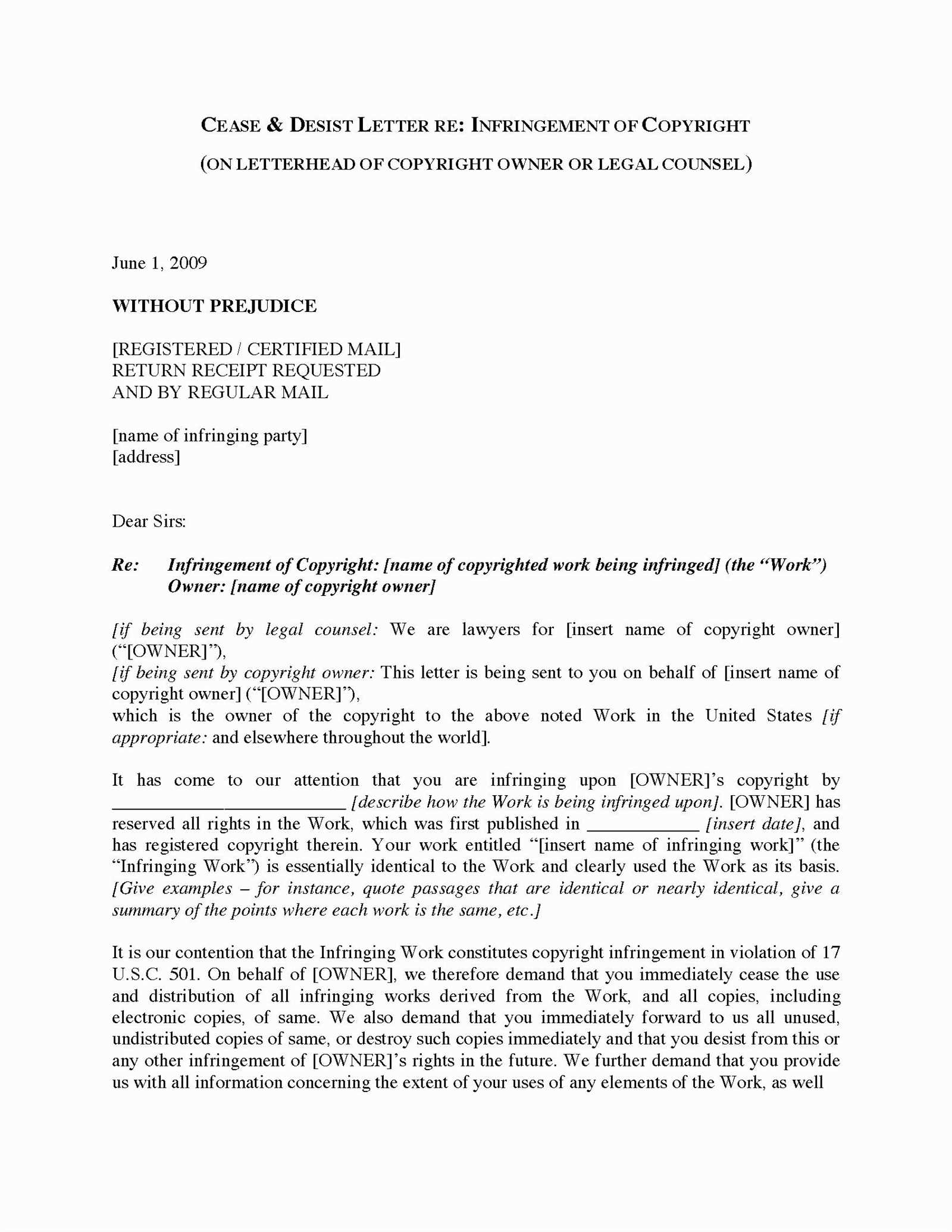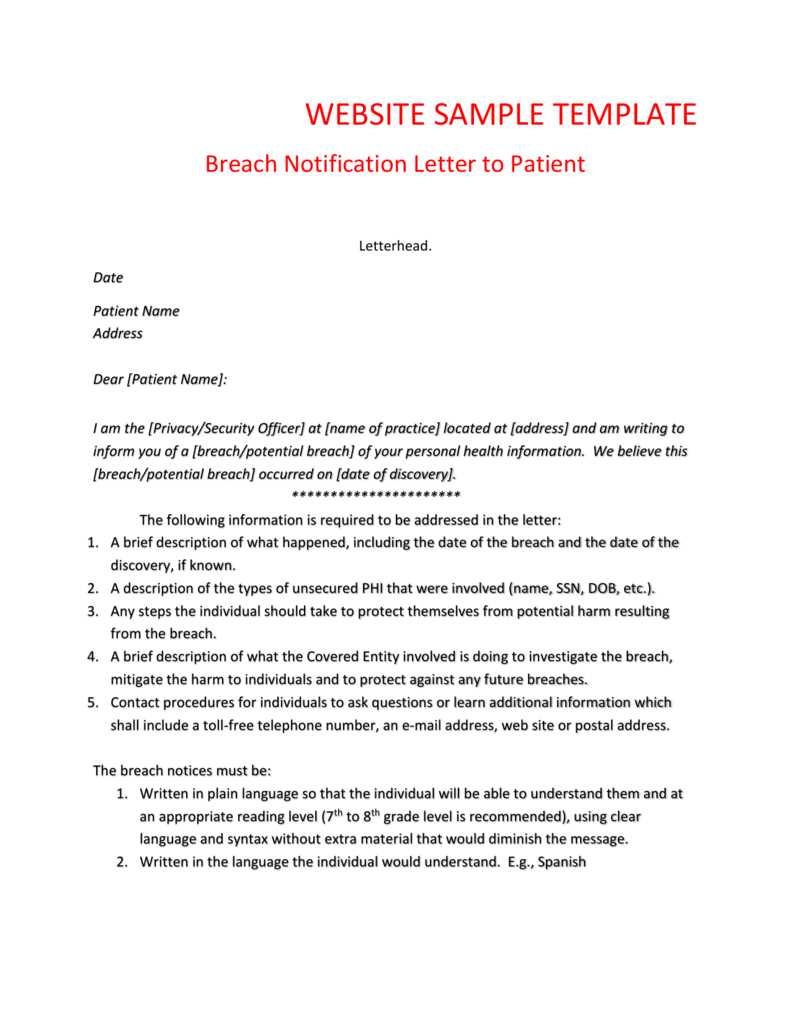Copyright Infringement Letter Template Guide

When someone uses your intellectual property without permission, it’s essential to address the situation promptly and professionally. A formal notice can be an effective way to assert your rights and seek resolution. This document serves as a crucial tool in protecting your creations and ensures that the proper steps are taken to resolve the issue. In this guide, we will explore how to craft such a communication to effectively handle these matters.
Key Elements of a Formal Notice
To ensure that your request is clear and legally sound, include the following essential components:
- Clear Identification of the Work – Specify the intellectual property in question, including relevant details such as titles or descriptions.
- Details of the Unauthorized Use – Describe how, when, and where the work was used without permission.
- Your Rights – Assert your ownership or licensing rights to the work.
- Requested Action – Clearly state what you want the recipient to do, whether it’s removing the content or providing compensation.
- Consequences of Non-Compliance – Outline potential legal actions or further steps if the issue isn’t resolved.
How to Craft a Professional Communication

While crafting your notice, it’s crucial to remain professional and factual. Avoid using overly emotional language or threats. The goal is to resolve the issue amicably, while ensuring that your rights are respected.
Begin by identifying yourself and providing the necessary details about the work. Mention how the unauthorized use came to your attention and include any evidence, such as links or screenshots, that show the infringement. It’s essential to be specific about the issue, as general claims are less likely to be taken seriously.
Legal Aspects and Considerations
Before sending a formal request, it’s important to understand the legal implications of such a communication. In some cases, you may want to consult with a lawyer to ensure that your message complies with relevant laws and provides the best chance of success. Keep in mind that this type of communication is not just a courtesy; it’s also a legal step in protecting your work.
Next Steps After Sending the Notice

Once your formal request has been sent, monitor the response. If the recipient complies with your request, ensure that the issue is fully resolved. However, if they fail to take action, you may need to consider additional steps, such as seeking legal advice or pursuing further legal actions. Always document the communication and any responses for future reference.
Understanding Unauthorized Use of Creative Works
When someone uses your intellectual creations without permission, it is important to take action to protect your rights. Communicating your concerns through formal documentation can help address the situation effectively. This section will explore the necessary steps for dealing with unauthorized use, providing guidance on when to act and what to include in your communication.
When to Act – The first step in responding to unauthorized usage is recognizing when it’s time to intervene. If you notice that your intellectual property is being used without your approval, taking timely action is essential. In some cases, reaching out to the individual or entity informally may resolve the matter, but a formal request often ensures that your rights are respected.
Key Components of a Formal Request – To make your case strong, certain elements must be included in your communication. Clearly state your ownership of the work, provide evidence of the unauthorized use, and specify the actions you would like the recipient to take. Be clear about your expectations and offer a reasonable timeline for resolution.
Common Mistakes in Communications – Many people make mistakes when drafting such formal documents. Some of the most common errors include vague claims, lack of supporting evidence, and overly aggressive or threatening language. To avoid these pitfalls, focus on professionalism and clarity, ensuring that the facts are presented in a neutral tone.
Proper Structure – Organizing your message properly is crucial. Start by introducing yourself and your work, followed by a description of the unauthorized use. Include any evidence to support your claim, outline what you expect the recipient to do, and explain any consequences if the issue is not resolved. A well-structured document is easier to follow and more likely to be taken seriously.
Legal Considerations – Sending a formal communication involves legal considerations. Ensure that you understand the laws surrounding your work and how to enforce your rights. In some cases, consulting with an attorney can help ensure that your message is legally sound and that you are following the correct process.
What to Do Next – After sending your formal request, monitor the response. If the recipient complies, ensure that the issue is fully resolved. If not, you may need to take further steps, including seeking legal advice or pursuing formal action. Keep records of all communications for future reference, as these can be useful if further action is needed.